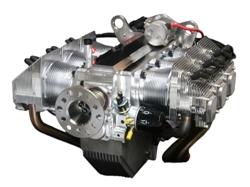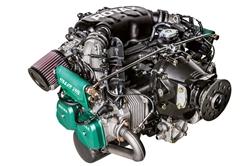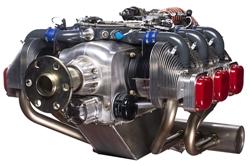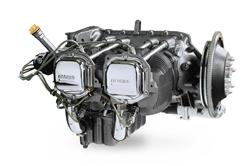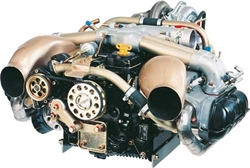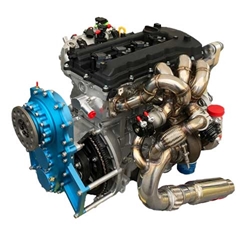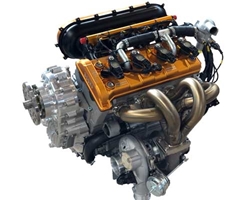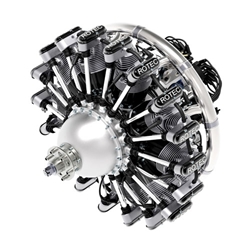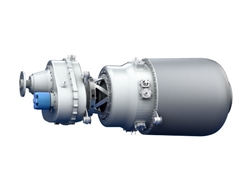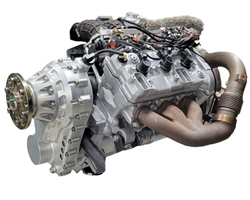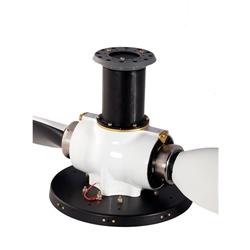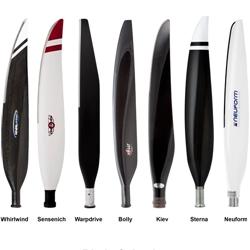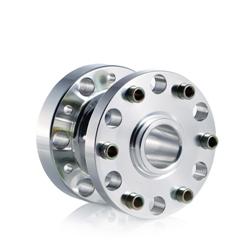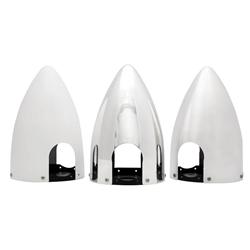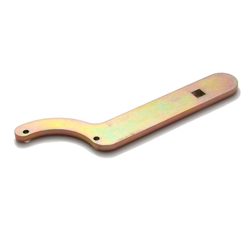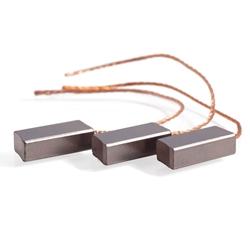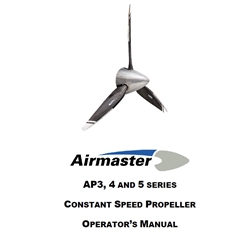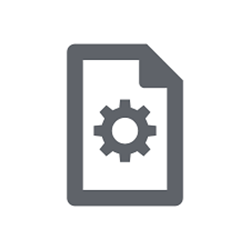My new Airmaster prop on a Rotax 914 has flown about 35 hours so far, and I'm pleased to say that it performs flawlessly in all modes. The workmanship is clearly excellent--design, machining of the hub and blade ferrules, and all. Pitch changes are quick and sure, and the controller is logical and simple to use.
The Whirlwind blades with nickel leading edges appear not to be bothered by the occasional splash of water that is inevitable in a pusher flying boat like my Searey. The blades seem somewhat quieter than the Ivoprop that I replaced with the Airmaster, although that's subjective and I wasn't able to compare the two props side by side. (There was about two months' time between the last Ivo flight and the first Airmaster.)
Installation was straightforward, although it took me a while to grasp the manual's logic, which seems to be addressed more to engineers than to mere owners--no matter that I built the airplane myself without any help and have also built several race cars and sailboats. What I would have preferred is a simple, numbered "do this first, then that second" list of steps, uninterrupted by engineering jargon and theory--which of course is necessary but should be separated from the installation instructions.
At first the prop's factory-set stops didn't quite match my airplane's tachometer readings. The engine rpm was several hundred rpm faster that the prop logbook notation. (The Rotax 914's prop drive is geared down 2.43 to 1, so that was about 80-100 prop rpm.) It wasn't a huge amount, but enough to make a difference when considering the engine's maximum allowed rpm. To be sure of the engine rpm I replaced the airplane's original tach with a new one, but got identical readings, so I still can't account for the discrepancy. Fortunately, adjusting the factory presets is easy, using a special cable and a Windows laptop, and now all speeds are correct for my engine and airplane.
My airplane is a seaplane, so I got the relatively inexpensive beta upgrade, which makes it possible to reverse the pitch at low rpm (NOT in flight!). My plane doesn't have a water rudder, so actually backing up on the water isn't very practical because there's no steering in reverse. On the other hand, the beta mode gives me water brakes--impossible in most seaplanes. Beta makes the prop infinitely variable between normal fine forward pitch and reverse, so I can slow down on the water and even stop dead, making docking and maneuvering in tricky spots and wind much easier and safer. (I needed several tries before mastering the beta mode, mainly because the controller is designed to make entering into beta essentially impossible to do by accident. Exiting beta, however, is dead simple: just flip the AUTO/MANUAL switch to AUTO and the controller will automatically change the pitch to forward within a few seconds.)
I've found support to be quite good, especially considering that the manufacturer and I live on opposite sides of the planet. The USA distributor has been very helpful and usually responds to queries within an hour, even on weekends.
All in all, I'm pleased with the prop and am enjoying flying with it.


